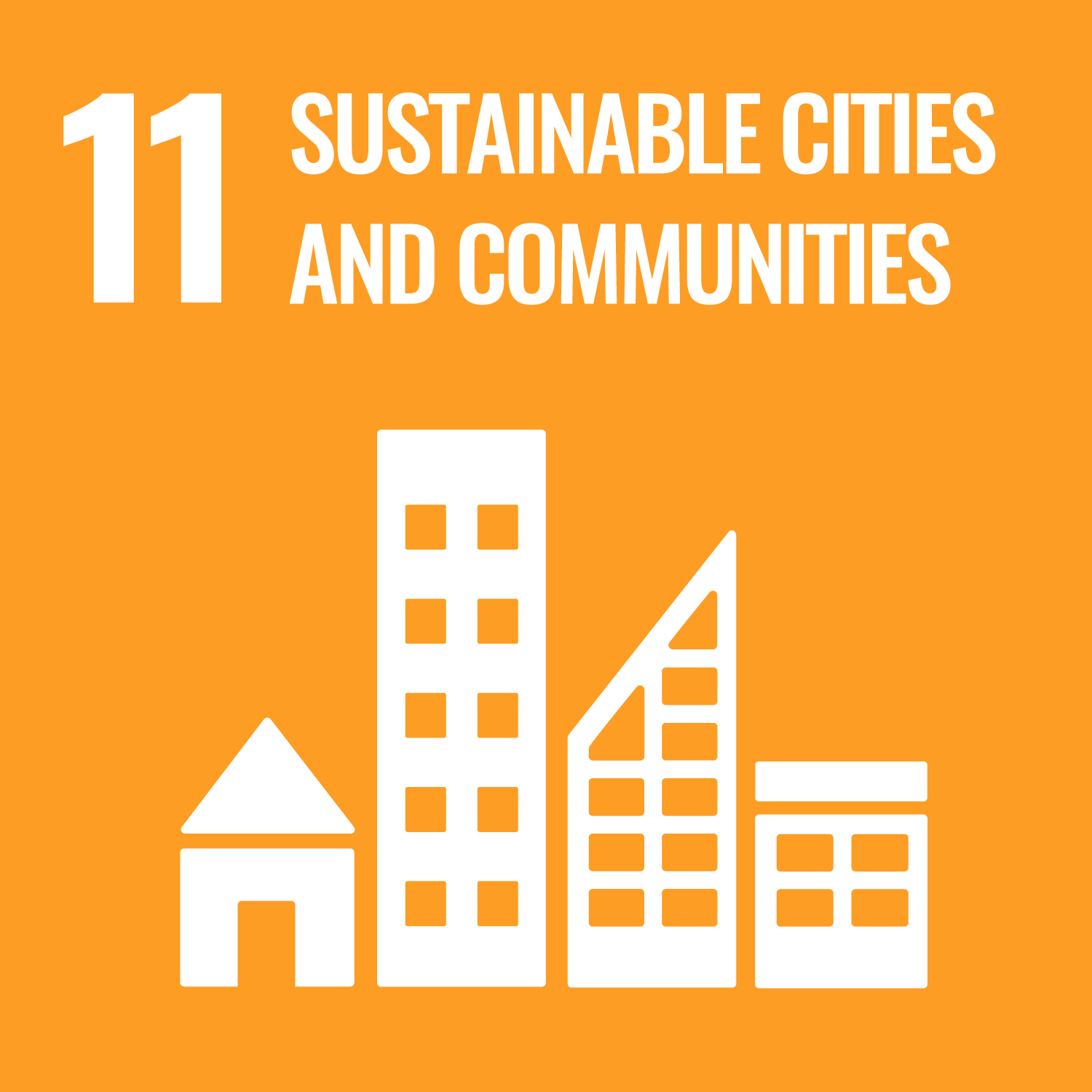Fugitive emissions sector greenhouse gas emissions
Key Finding
Fugitive emissions are losses, leaks, and other releases of gases such as methane and carbon dioxide into the atmosphere associated with industries producing natural gas, oil and coal. In 2022, fugitive emissions contributed 18.2 million tonnes of carbon dioxide equivalent (MtCO2e), 14.6% of Queensland’s total emissions. Between 2005 and 2022, fugitive emissions increased by 39.9%.
The coal mining sector is the primary driver of fugitive emissions, contributing approximately 81.5% of 2022 emissions. The remainder are from natural gas extraction, oil and other mining.
Fugitive emissions trends
In 2022, fugitive emissions were 18.2 million tonnes of carbon dioxide equivalent (MtCO2e). This figure represents 14.6% of Queensland’s total emissions, and the long-term trend is increasing.
- In 1990, fugitive emissions were 4.4 MtCO2e.
- In 2005, fugitive emissions were 13.0 MtCO2e.
Drivers
The expansion of Queensland’s coal and gas extractive industry has resulted in this strong growth in fugitive emissions.
In 2015, fugitive emissions spiked as large natural gas processing plants came online. However, the year-on-year data shows a 5.9% and 10.9% decrease in 2021 and 2022, respectively. Driving these decreases was reduced production and associated emissions from underground mining, which tends to be gassier than surface mining.
In 2022, the sources of fugitive emissions were mainly:
- solid fuels (85.2%)
- oil, natural gas and other emissions from energy production (14.8%).
Methane
Fugitive emissions are mainly methane, a greenhouse gas with a global warming potential 28 times higher than carbon dioxide over 100 years.
Methane is:
- in coal and oil deposits
- released during the mining or extraction process
- the primary component of raw natural gas, and often released during extraction and processing.
Queensland has the largest share of fugitive emissions in Australia, accounting for 37.8% of the country’s emissions from this sector.
Relevant Sustainable Development Goals’ targets
Proportion of fugitive emissions by state, 2018
- Chart
- Table
| State | Emissions (million tonnes) |
|---|---|
| Queensland | 19.061 |
| Western Australia | 14.194 |
| New South Wales | 13.003 |
| Victoria | 3.869 |
| South Australia | 2.578 |
| Northern Territory | 1.611 |
| Australian Capital Territory | 0.000 |
| Tasmania | 0.000 |
Proportion of Queensland’s fugitive emissions by category, 2018
- Chart
- Table
| Category | Emissions (million tonnes) |
|---|---|
| Underground coal mining | 8.763 |
| Surface coal mining | 4.915 |
| Oil and Natural Gas | 4.832 |
| Other mining | 0.551 |
Trends in Queensland’s fugitive emissions, by category
- Chart
- Table
| Year | Underground coal mining | Surface coal mining | Other mining | Oil and Natural Gas |
|---|---|---|---|---|
| 1990 | 1.067 | 1.660 | 0.000 | 0.438 |
| 1991 | 1.401 | 1.716 | 0.000 | 0.441 |
| 1992 | 1.486 | 1.856 | 0.000 | 0.456 |
| 1993 | 1.529 | 1.896 | 0.000 | 0.487 |
| 1994 | 1.943 | 1.909 | 0.000 | 0.554 |
| 1995 | 2.687 | 1.967 | 0.000 | 0.598 |
| 1996 | 1.886 | 2.010 | 0.000 | 0.621 |
| 1997 | 3.407 | 2.099 | 0.000 | 0.652 |
| 1998 | 4.183 | 2.131 | 0.000 | 0.624 |
| 1999 | 3.856 | 2.221 | 0.001 | 0.689 |
| 2000 | 5.288 | 2.263 | 0.002 | 0.657 |
| 2001 | 4.913 | 2.603 | 0.002 | 0.757 |
| 2002 | 4.610 | 2.904 | 0.002 | 0.779 |
| 2003 | 4.864 | 2.982 | 0.001 | 0.765 |
| 2004 | 4.514 | 3.160 | 0.004 | 0.721 |
| 2005 | 5.511 | 3.539 | 0.008 | 0.804 |
| 2006 | 5.067 | 3.557 | 0.010 | 0.826 |
| 2007 | 5.761 | 3.687 | 0.011 | 0.851 |
| 2008 | 6.643 | 3.534 | 0.028 | 0.932 |
| 2009 | 5.726 | 3.855 | 0.149 | 1.645 |
| 2010 | 6.844 | 4.087 | 0.141 | 1.913 |
| 2011 | 6.483 | 3.491 | 0.136 | 1.881 |
| 2012 | 7.071 | 3.868 | 0.173 | 1.953 |
| 2013 | 7.143 | 4.234 | 0.441 | 1.803 |
| 2014 | 6.042 | 4.621 | 0.473 | 2.288 |
| 2015 | 6.980 | 4.746 | 0.494 | 4.237 |
| 2016 | 7.412 | 4.765 | 0.483 | 5.212 |
| 2017 | 7.529 | 4.714 | 0.494 | 5.328 |
| 2018 | 8.763 | 4.915 | 0.551 | 4.832 |
Queensland’s total fugitive emissions
| Year | Emissions (million tonnes) |
|---|---|
| 1990 | 3.165 |
| 1991 | 3.557 |
| 1992 | 3.798 |
| 1993 | 3.913 |
| 1994 | 4.405 |
| 1995 | 5.251 |
| 1996 | 4.517 |
| 1997 | 6.158 |
| 1998 | 6.939 |
| 1999 | 6.767 |
| 2000 | 8.209 |
| 2001 | 8.275 |
| 2002 | 8.295 |
| 2003 | 8.612 |
| 2004 | 8.399 |
| 2005 | 9.862 |
| 2006 | 9.460 |
| 2007 | 10.311 |
| 2008 | 11.137 |
| 2009 | 11.376 |
| 2010 | 12.985 |
| 2011 | 11.991 |
| 2012 | 13.066 |
| 2013 | 13.622 |
| 2014 | 13.425 |
| 2015 | 16.457 |
| 2016 | 17.871 |
| 2017 | 18.065 |
| 2018 | 19.061 |
Download data from Queensland Government Open Data Portal
Metadata
Source: Australia's National Greenhouse Accounts
Owner of Dataset: Department of Climate Change, Energy, the Environment and Water DCCEEW)
Data version: 2021/22
Last Published Date: 04/2024
Update Frequency: Yearly







